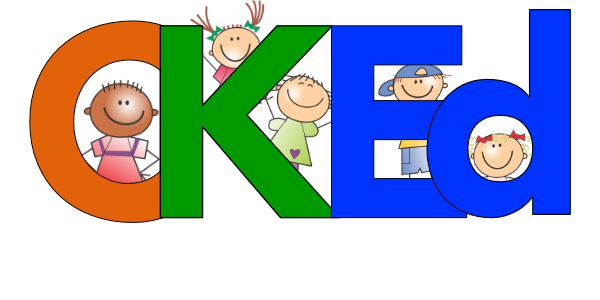Learning from Our Mistakes - Episode #1
Ways to use:
Listen and join the conversation on Twitter @ckingeducation, #ckingmathmistakes. Share your thoughts on the episode. Share your mistakes and what your learned from them.
Think about how doing the problem in advance of working with students and making a mistake can help you better support students.
Review the work sample below and think about some questions that you would have asked me to help me unpack my mistake.
Share/Discuss the article and video listed below. This about how you build a culture of risk-taking in your classroom.
Guiding Question:
“How can teachers who dread mathematics learn to reason mathematically - to follow an argument and assess its validity - so that they can track their students’ thinking and, by skillful questioning, help then deepen their understandings?” - from “What’s Happening in Math: Reconstructing Professional Identities” Class edited by Deborah Schifter (1996), pg. 3
Mathematical Practices:
Mathematical Practices #1, #2, and #6
Standard(s):
8.EE.3: Use numbers expressed in the form of a single digit times an integer power of 10 to estimate very large or very small quantities, and to express how many times as much one is than the other.
8.EE.4: Perform operations with numbers expressed in scientific notation, including problems where both decimal and scientific notation are used. Use scientific notation and choose units of appropriate size for measurements of very large or very small quantities (e.g., use millimeters per year for seafloor spreading). Interpret scientific notation that has been generated by technology
Source:
NYS Released Test Item 2013 - The original question was multiple-choice and conceptual targeting 8.EE.4. If you understood the concept, then you would see the answer. The answer was presented as an expression using scientific notation. I worked out the problem and applied 8.EE.3.

